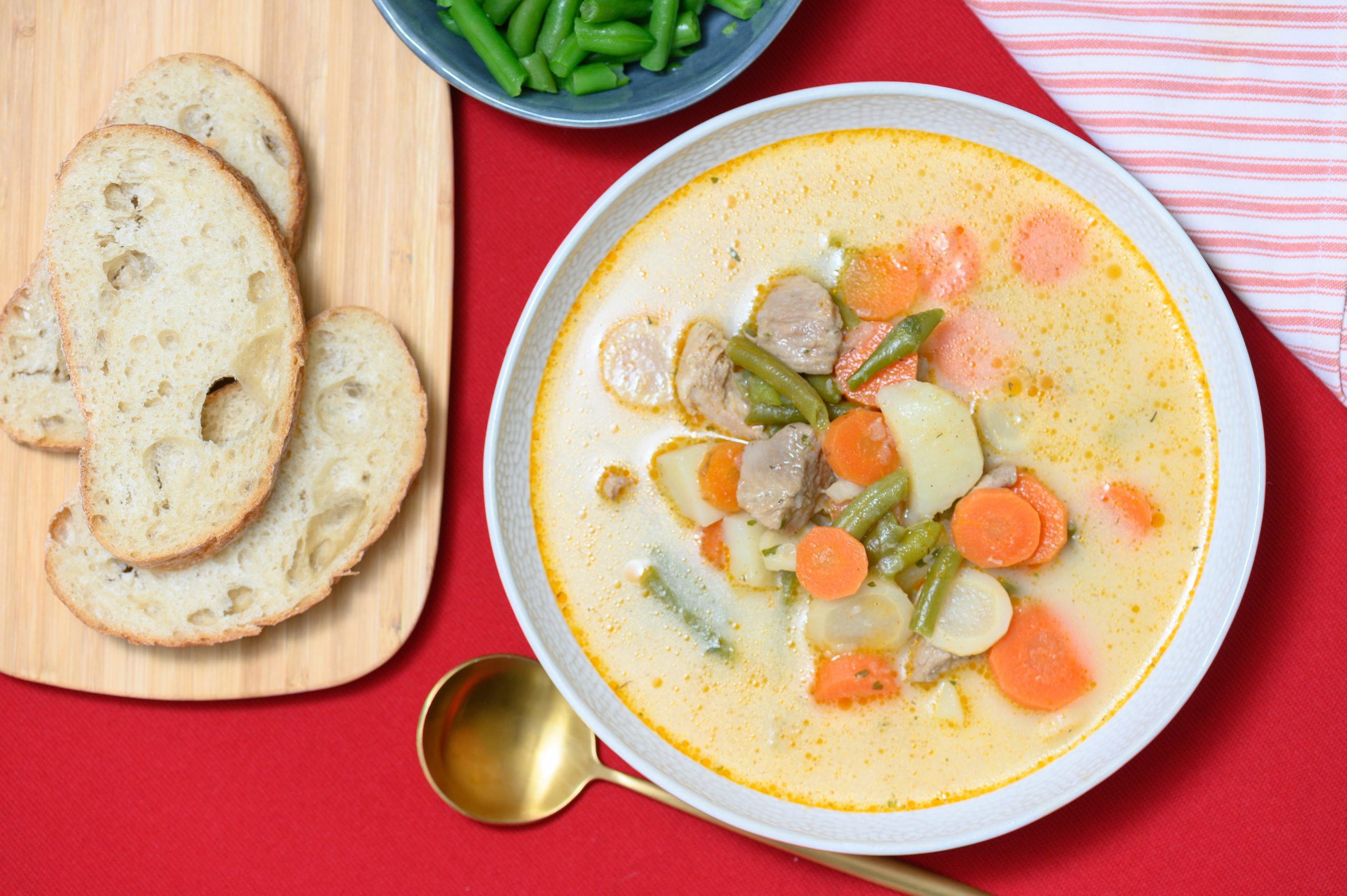
This dish was born when writer Kálmán Mikszáth asked for a soup which “encompasses every flavor of Hungarian cuisine into itself.”Continue reading
The 32nd Palóc Days will be held in Fiľakovo (in Hungarian, Fülek, in today’s Slovakia), combined with the Fiľakovo Town Days, and the town’s awards will be presented at the event.
Éva Tóth, Director of the Municipal Cultural Center, said that the 27th Nógrád International Folklore Festival will be part of the Palóc Days again this year, and will take place in the Fiľakovo Castle Courtyard on July 28.

Facebook/Palócnapok Parád
Besides bands from Spain and Turkey, a gypsy orchestra and a cimbal orchestra will also perform. In the afternoon, there will be a competition with a barbeque, and in the evening a folk pub.
On August 11 at 4 p.m., the jubilee exhibition of Alfréd Balázs (Hungarian painter and graphic designer who attended school in Fiľakovo) will be opened at the Municipal Museum of Local History, followed by the official opening of the 32nd Palóc Days and Fiľakovo Town Days at the Town Hall, where the town’s awards will be presented. In the evening, a Slovak band will perform songs in the courtyard of the castle, followed by a concert by one of the most successful Slovak singers, Adam Durica.

Castle of Fiľakovo. Photo: Facebook/Füleki Vármúzeum
On Saturday, children will enjoy a concert and music workshop and a puppet theater performance. In the castle courtyard there will be craft activities, folk games, and a hand-crafted carousel and archery. A traditional market will be held in the upper Castle Street.
In the afternoon, wine lovers will be treated to an open cellar day on Sávolyi Street, followed by the opening of the new gate to the city park, and at 5 p.m. Swing a la Django will take to the stage.

Photo: Facebook/Nyitott Pincék Napja
On Saturday evening, a ska orchestra will perform in the courtyard of the castle, followed by Charlie and the Charlie Band.
On Sunday there will be a festive mass and procession. In the early evening, theater lovers can enjoy a Hungarian musical comedy in the courtyard of the castle.
The Palóc Days and the Fiľakovo Town Days are organized by the Fiľakovo Municipal Cultural Center, the town of Fiľakovo, and their partners with the contribution of the Thorma company and the support of the Minority Cultural Fund.

Photo: Palócnapok Parád
Featured images: Facebook/Palócnapok Parád